Core Web Vitals are a set of user-centric metrics that measure the speed, responsiveness, and visual stability of websites. They are important for SEO because they help search engines understand the experience of the end-user on a website. Google introduced Core Web Vitals as ranking signals in May 2020, and they became part of Google’s Page Experience Update in mid-June 2021. Improving Core Web Vitals scores can lead to a rankings boost, but only if done correctly. The three Core Web Vitals metrics are Largest Contentful Paint (LCP), First Input Delay (FID), and Cumulative Layout Shift (CLS).
Largest Content Ful Paint (LCP)
The largest visual component of a website’s loading time is measured by the Largest Contentful Paint (LCP) user experience statistic. A ranking element since 2021, LCP is a Core Web Vital measure. LCP measures how long it takes a page to load from the user’s click until the largest picture or text block is rendered in the viewport. The LCP score is determined by block-level components like heading, and form elements. Reduce server response time, enhance pictures, and postpone off-screen images are all advised for LCP optimization.
Also it’s essential to minimizing the use of third-party scripts and making sure the LCP resource loads as quickly as feasible.
First Input Delay (FID)
First Input Delay (FID) is a user experience metric that measures how quickly a user can engage with a website for the first time by clicking a link or tapping a button and the way that interaction was handled by the browser. Google uses the FID statistic, one of Core Web Vitals’ indicators for evaluating load responsiveness, as a ranking consideration. Reducing site initialization time and getting rid of lengthy tasks might assist improve FID, because a longer FID can lead to a worse user experience. Images and scripts that download irregularly are frequently the source of FID. The use of third-party scripts should be kept to a minimum, pictures should be optimized, and slow loading should be used for images and videos.
Cumulative Layout Shift (CLS)
Cumulative Layout Shift (CLS), a Core Web Vital statistic that started to be used as a ranking factor in 2021, is a user experience metric that evaluates the unexpected moving of webpage elements while the page is still downloading. A weak CLS score can cause a poor user experience, so it is important to optimize it. CLS is calculated by two metrics: impact fraction and distance fraction. To optimize CLS, it is recommended to use size attributes for images and videos, reserve space for ads, and avoid inserting new content above existing content.
The Core Web Vitals is a set of metrics introduced by Google to evaluate the user experience of a website. It focuses on three main factors that contribute to the overall loading speed and interactivity of a webpage: loading speed, interactivity, and visual stability.
The introduction of Core Web Vitals has important implications for search engine optimization (SEO). As Google continues to prioritize user experience as a key factor in search ranking, website owners must prioritize these metrics to improve their website’s performance.
Firstly, website owners must focus on improving the loading speed of their website. The loading speed is the time it takes for a webpage to display all of its content. A fast-loading website will provide a better user experience and ultimately rank higher in search results. Google recommends a loading speed of under two seconds for all webpages.
Secondly, website owners must prioritize interactivity, which is the responsiveness of a website when a user interacts with it. Slow interactions, such as clicking on a button or filling out a form, can frustrate users and lead to a poor user experience. Google recommends that websites respond to user input within 100 milliseconds.
Lastly, visual stability refers to the consistency of a website’s layout and visual elements. A website that has elements that shift around or move unexpectedly can be frustrating for users. Google recommends a visual stability score of less than 0.1 to ensure a stable and consistent user experience.
By prioritizing these metrics, website owners can improve the user experience of their website, which can ultimately lead to higher search engine rankings. Google has also stated that it will be providing more information on the Core Web Vitals and making them a more important factor in search rankings in the future, so it is essential for website owners to stay up-to-date on these metrics.
To improve these metrics, website owners can take several steps, such as optimizing images, using caching techniques to reduce loading times, and reducing the number of HTTP requests. Additionally, implementing a content delivery network (CDN) can also improve loading speed and reduce latency.
Google’s Core Web Vitals are an important set of metrics that website owners must prioritize to improve their website’s user experience and search engine rankings. By focusing on loading speed, interactivity, and visual stability, website owners can provide a better user experience, which can lead to improved search engine rankings and increased website traffic.
How to Measure Core Web Vitals:
There are several tools available to measure Core Web Vitals. Google Search Console’s Core Web Vitals report is one such tool that can help identify groups of pages that require attention based on field data. Google’s PageSpeed Insights tool is another free tool that can be used to measure Core Web Vitals. Other free tools include Lighthouse, WebPageTest, and GTmetrix. Developers can also use the PageSpeed Insights API to measure Core Web Vitals programmatically.
How to Use Google Search Console to Measure Core Web Vitals:
Google Search Console provides a Core Web Vitals report that can help site owners evaluate pages across an entire site. The report identifies groups of pages that require attention based on real-world data from the Chrome UX report. The Core Web Vitals report breaks down the data by the device used to view the URL (Mobile or Desktop) and groups data by URL status (Poor, Need improvement, or Good), where the status is that of the worst performing metric for that URL group. SEO and digital marketing professionals can use the Core Web Vitals report to analyze Core Web Vitals with Search Console step by step. Other tools available to measure Core Web Vitals include Page Speed Insights, Lighthouse, Chrome DevTools, Chrome UX Report, and Web Vitals Extension. Developers can also use Google Sheets to automate measuring the Core Web Vitals for multiple websites.








